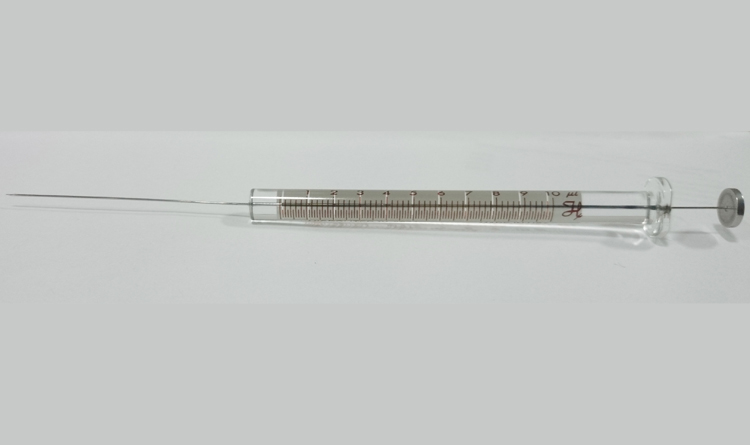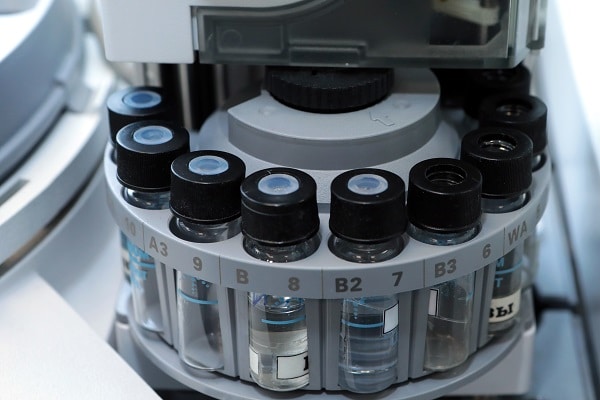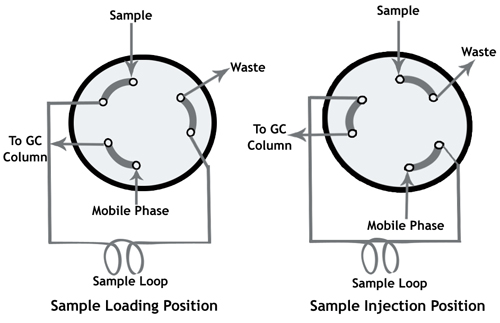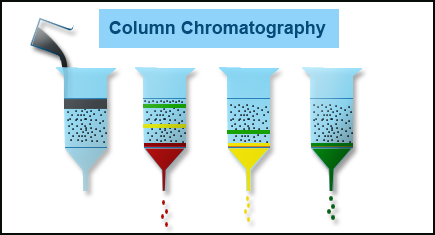Factors Governing Choice of Sample Injection Syringe in Gas Chromatography
Sample injection is a critical part of GC analysis. A number of errors do creep in if due consideration is not given to the proper choice of sample introduction syringe. Before proceeding further let us take a look into the different available options.
Types of syringes
Basic syringe configurations with different combinations of needle types and plungers are explained briefly here
Plunger in – barrel syringes

Plunger in – barrel syringes are commonly used in most applications. The barrel is used to draw the liquid sample into the syringe. An excess is drawn and before injection the excesses driven out. The barrel and needle need to be flushed several times for proper and dried before re-use
Plunger in-needle syringes

Plunger in needle type syringes are commonly used for small volume injections (less than 5.0 µL). The plunger extends into the full length of the needle and the entire sample is contained in the needle. At time of injection the thin wire plunger forces out the required sample volume. The injected volume is read from the markings on the syringe body.
It is advisable not to remove the wire plunger to prevent damage to the wire. It is not possible to see the liquid inside the needle so it is not easy to tell if the needle is blocked.
Gas Tight Syringes
Gas tight syringes are useful for precise injections. A precision machined PTFE plunger fixed to the plunger tip provides a perfect leak free seal for both liquid and gaseous samples
Autosampler Syringes
Autosampler syringes need to be more precise and rugged as these are subjected to repeated operating cycles and are not routinely disassembled for replacement or cleaning
Syringe choice needle dimensions and shape are the key deciding factors in choice of the syringe
Needle shape
Needle shape is important in GC analysis as the needle is required to pierce the septum and can influence its life. A 20° beveled tip is an acceptable shape for piercing the septa. Dome shaped tips are also considered ideal for least damage to septa. Choice of correct shape minimizes septum coring and resulting in deposition of septum pieces inside the sample inlet. Such deposits can lead to emergence of impurity ghost peaks
Needle Size
Outer diameter of 0.47 mm (26 gauge) permits penetration of needle into a 0.53 mm ID widebore fused silica capillary column during on-column sample introduction. A stronger 0.7 mm i.d (22 gauge) needle can be substituted if needle damage due to bending is a problem. However, a wider needle can reduce useful septum life Needle lengths are generally 5- 7 cm. The optimum length is dependent on the inlet compatibility.
We shall welcome your comments and queries that you may have.






Responses